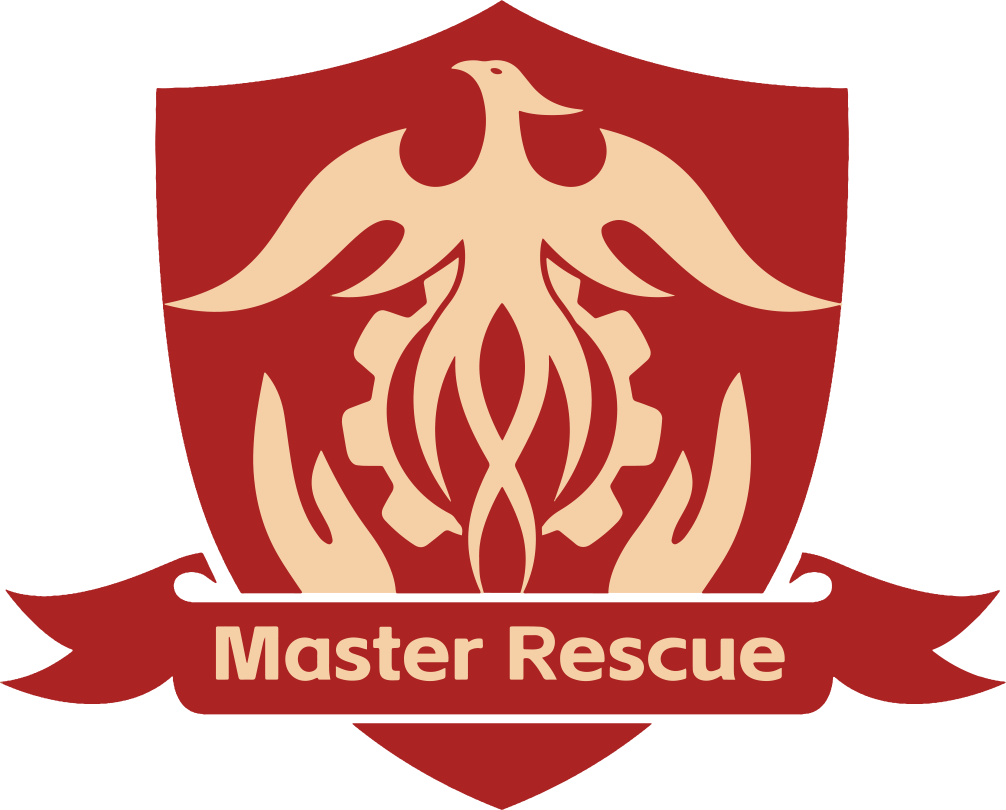A first aid kit is a vital resource for treating injuries and responding to medical emergencies at home, in the workplace, during outdoor activities, or while traveling. Having a well-stocked and organized first aid kit ensures you can handle minor injuries, stabilize more serious conditions, and provide temporary care until professional medical help arrives.
Why a First Aid Kit is Essential
- Quick Response in Emergencies
In medical emergencies, timely action can make a significant difference. A first aid kit provides the tools necessary for immediate response, helping to reduce pain, prevent complications, and potentially save lives. - Preparedness Anywhere
Whether at home, on the road, or in the wilderness, a first aid kit ensures you are prepared to handle unexpected injuries or illnesses. - Confidence in Care
Having a first aid kit on hand enables you to take proactive steps in emergencies, providing reassurance and reducing panic.
Essential Items for a Comprehensive First Aid Kit
1. Wound Care Supplies
- Adhesive Bandages: Various sizes for minor cuts and scrapes.
- Sterile Gauze Pads: For covering larger wounds.
- Adhesive Tape: To secure dressings in place.
- Antiseptic Wipes: For cleaning wounds and preventing infection.
- Antibiotic Ointment: To promote healing and prevent infection.
- Hydrogel Pads: For burns or abrasions.
- PBT Bandage: Elastic bandage for securing dressings or providing support.
2. Medical Tools
- Scissors: For cutting bandages, tape, or clothing.
- Tweezers: For removing splinters, debris, or ticks.
- Thermometer: To monitor body temperature.
- Gloves: Disposable gloves to maintain hygiene and protect against infection.
- CPR Mask: For safe mouth-to-mouth resuscitation.
3. Medications
- Pain Relievers: Such as ibuprofen, aspirin, or acetaminophen.
- Antihistamines: For allergic reactions or insect stings.
- Antacids: For upset stomachs.
- Hydration Tablets: To prevent dehydration.
- Burn Cream: To soothe minor burns.
4. Emergency Tools
- Instant Cold Pack: For reducing swelling and pain.
- Thermal Blanket: To prevent hypothermia and maintain body temperature.
- Flashlight: For low-light emergencies.
- First Aid Manual: A guide for handling various medical situations.
5. Specialized Supplies
- Splint (Tactical or Foam): For immobilizing fractures or sprains.
- Tourniquet: For severe bleeding control.
- Eye Wash Solution: To flush out debris or chemicals.
- Triangular Bandage: For slings or head injuries.
6. Personal Items
- Emergency Contact List: Including family, doctors, and emergency numbers.
- Medical History and Allergy Card: For quick reference in emergencies.
- Medications: Specific to individual needs, such as asthma inhalers or EpiPens.
Building a Customized First Aid Kit
For Home Use
- Include supplies for everyday injuries like cuts, burns, and minor illnesses.
- Add extra medications for common household needs, such as fever reducers and antidiarrheals.
For Outdoor Activities
- Focus on lightweight and durable items like waterproof bandages, hydration tablets, and splints.
- Add tools for specific outdoor risks, such as insect repellents and snake bite kits.
For Vehicles
- Include road-specific tools like a flashlight, reflective triangle, and a seatbelt cutter.
- Add instant cold packs and a thermal blanket for road emergencies.
For Workplace
- Stock items that comply with workplace safety regulations.
- Include supplies for treating injuries common in your industry.
Maintenance of a First Aid Kit
- Regular Inspections
Check your first aid kit every 6 months to ensure supplies are intact and up-to-date. - Replace Expired Items
Discard and replace expired medications, ointments, and sterile supplies. - Restock Used Supplies
Replenish any items used during emergencies to keep the kit fully stocked. - Keep It Organized
Arrange items in labeled compartments for quick access during emergencies.
Tips for Using a First Aid Kit Effectively
- Familiarize Yourself
Know the contents of your kit and how to use each item. Practice using tools like bandages, splints, and CPR masks. - Follow Basic First Aid Principles
- Stop the bleeding: Use bandages, gauze, or a tourniquet for severe wounds.
- Protect the wound: Clean and cover wounds to prevent infection.
- Treat for shock: Keep the person warm and calm while awaiting professional help.
- Train for Emergencies
Take a first aid course to build confidence in handling injuries and using the tools in your kit effectively.
Conclusion
A well-stocked first aid kit is essential for managing injuries and emergencies efficiently. Whether at home, on the road, or outdoors, it provides the tools and supplies needed to respond confidently and effectively. By tailoring your kit to your specific needs and maintaining it regularly, you ensure that you are always prepared for the unexpected.
Invest in a first aid kit today to safeguard your health and well-being in any situation. Preparedness saves lives!
